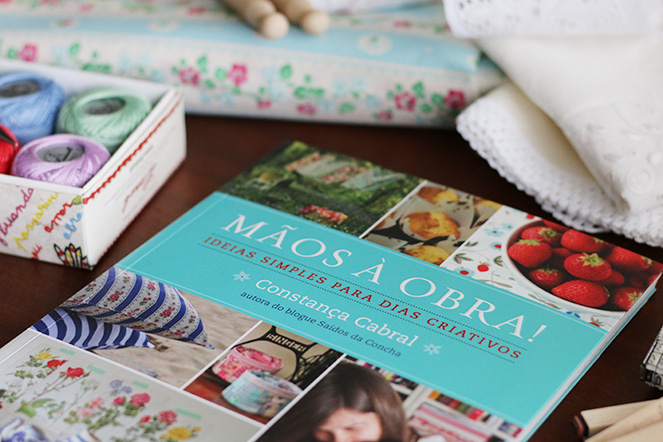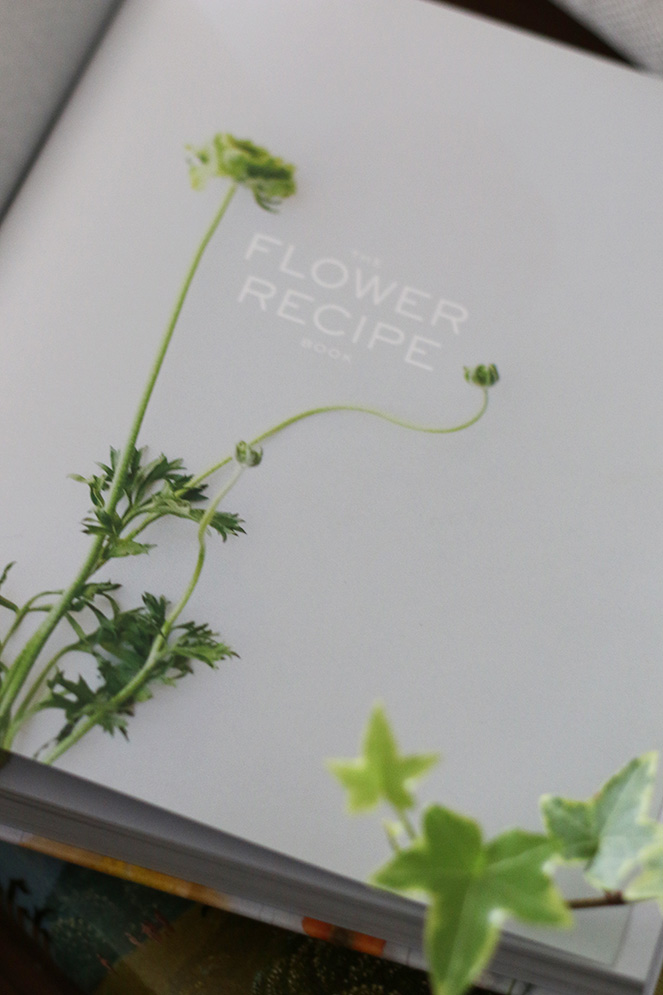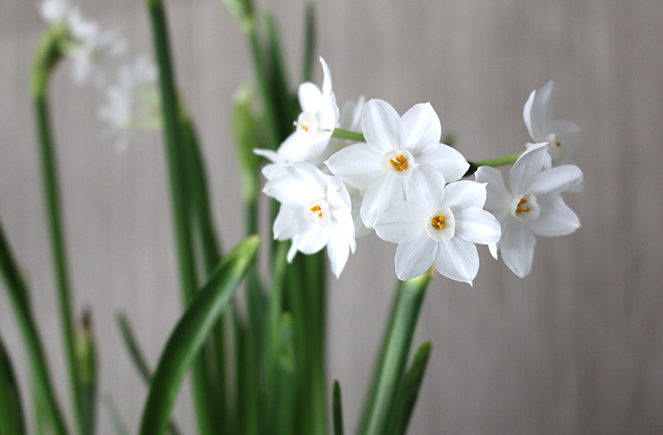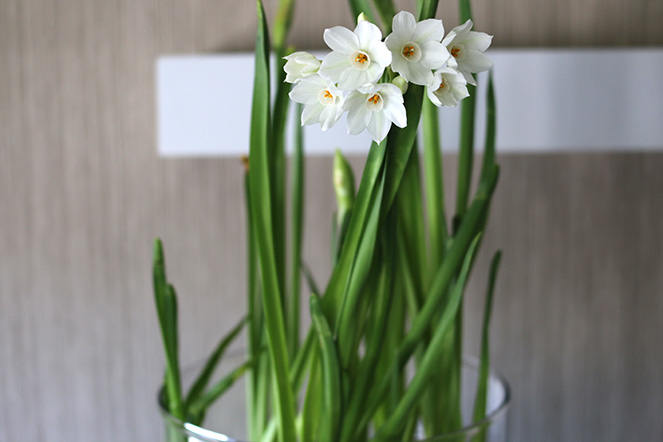










O sabugueiro é um arbusto natural da Europa e do Norte de África que tem muitas utilizações medicinais, cosméticas e culinárias. Em Portugal, são arbustos comuns um pouco por todo o lado mas sobretudo no interior quente do país. São tão disseminadas que é fácil encontrar sabugueiro na beira da estrada, sobretudo perto das povoações que acreditam que esta planta atrai coisas boas. De facto, o sabugueiro é uma planta muito associada ao folclore (são inúmeras as lendas e superstições associadas a ela) e à magia já que, nas aldeias, se diz que atraem as fadas. Não é por acaso que a Elder Wand, um dos Talismãs da Morte, considerada a varinha mágica mais poderosa de sempre, é feita de madeira de sabugueiro (Obrigada Rui!).
À primeira vista é uma planta que não promete muito, mas, nos dias quentes de verão, as flores exalam um perfume doce e delicado que, desde há séculos, serve de base para o xarope de flor de sabugueiro.
A sua utilização é muito diversa porque pode ser usado para fazer refrescos, aromatizar cocktails, gelados, bolos e outras sobremesas. Há até quem diga que o xarope de flor de sabugueiro eleva qualquer sobremesa a outro nível!
Durante anos procurei à venda xarope de flor de sabugueiro. Para além de ter sido bastante difícil de encontrar, paguei sempre caro por ele que por vezes não tinha um aroma muito intenso e quase sempre era importado dos países nórdicos. Parecia impossível que um simples xarope, de uma planta de beira da estrada tão comum no nosso país, com um tempo de floração tão alargado, tivesse de fazer quilómetros para chegar até mim.
Até que, um dia, me deparei com o sabugueiro do terreno vizinho à casa dos meus pais. Bom, o resto é história, porque fazer um xarope é das coisas mais fáceis do mundo. Por isso aqui têm o meu testemunho, a minha receita e alguns conselhos.
Em Portugal, a flor de sabugueiro começa a abrir lá para o mês de maio. O auge da floração atinge-se por volta do S. João, em meados de junho, mas a planta continua a florir até agosto, dependendo das condições climatéricas.
O aroma das flores de sabugueiro é sobretudo devido ao pólen. Por essa razão, é adequado apanhar as flores num dia bem soalheiro (as plantas costumam produzir mais pólen em dias de sol e mais secos) e evitar sacudi-las demasiado, colocando-as cuidadosamente num cesto com as coroas brancas voltadas para cima.
Eu não lavei as minhas flores! isso faria com que perdesse uma grande quantidade de pólen. Em vez disso, separei as flores com muita atenção para retirar qualquer inseto que nelas se escondesse. Não se preocupem, não é muito comum, por isso é uma tarefa delicada mas não muito morosa. De resto, a fervura esteriliza as flores!
Depois de separar as flores é tempo de começar a fazer o xarope! Aqui está a receita:
15 a 20 influrescências de sabugueiro grandes
500g de açúcar branco
1 litro de água
4 colheres de sopa de mel suave
2 limões
Numa panela juntar o açúcar, o mel e um litro de água.
Colocar ao lume até que o açúcar se dissolva. Eu deixei ferver uns 3 minutos. Quanto mais tempo deixarmos ferver, mais denso fica o xarope. Por outro lado mais água irá evaporar e, por isso, menor será a quantidade final. O tempo que deixam ferver é uma opção pessoal!
Desligar o fogão, colocar as flores em infusão juntamente com as cascas dos dois limões. Juntar o sumo de um limão e cortar o outro em metades e acrescentar também à panela. Deixar infundir durante 24h.
Por fim, coar para garrafas esterlizadas usando algumas camadas de gaze ou musselina e guardar no frigorífico.
Esta receita faz aproximadamen-te 1,5l de xarope que dura no máximo dois meses no frigorífico.
Eu dividi a porção: enchi uma ou duas garrafas esterilizadas pequenas, com menos de 500ml. Quanto mais pequenas forem as garrafas melhor porque se alguma se estragar entretanto, há boas hipóteses de que as restantes ainda se mantenham saudáveis. Com o restante xarope enchi cuvetes de gelo que guardo no congelador em sacos reutilizáveis para usar sempre que desejar. Desta forma fiquei com xarope de flor de sabugueiro que posso usar em qualquer altura do ano para fazer refrescos ou usar em sobremesas.
The elderberry is a native shrub from Europe and North Africa that has many medicinal, cosmetic and culinary uses. In Portugal, it is a widespread shrub and it is easily found on the roadside, especially near old villages where people believe that it attracts good things. In fact, the elderberry is associated to folklore (there are numerous legends and superstitions associated with the plant) and magic as it is said to attract fairies. So, it is no coincidence that the Elder Wand, one of the death Talismans, considered the most powerful magic wand in history, is made from elderberry wood (Thanks Rui!).
At first glance it does not promise too much, but on hot summer days, the elderflowers exude a sweet and delicate scent that is the basis for the elderflower cordial.
Its use is very diverse because it can be used to do several drinks, flavored cocktails, ice cream, cakes and other desserts. There are even those who say that the elderflower cordial elevates any dessert to another level!
For years I tried to buy elderflower cordial: it was quite difficult to find, I always paid dearly for it, sometimes it did not have a very intense aroma and was often imported from Nordic countries. It seemed impossible that a simple syrup, from such a common roadside plant in our country, with a wide flowering time, had to make thousands of kilometers to get here.
Until one day, I came across the elderberry that used to stand on the property of my mom’s neighbor… Well, the rest is history, because making a syrup is of the easiest things in the world. So here you have my witness, my recipe and some advices!
In Portugal, the elderberry starts flowering in May. The flowering peak is reached around mid-June, but the plant continues to bloom until August, depending on weather conditions.
The aroma of elderberry flowers is mainly due to its pollen. For this reason, it is appropriate to pick the flowers in a very sunny day (plants usually produce more pollen on sunny and drier days) and avoid shake them to much, placing them carefully in a basket with white crowns facing up.
I did not wash my flowers! it would make them lose a lot of pollen. Instead, I separated the flowers carefully to remove any insects. Do not worry, it’s not very common, so this is a delicate but not to time-consuming task. Moreover, the boiling sterilizes the flowers!
After separating the flowers is time to start making the syrup! Follow the recipe below:
15 to 20 large crowns of elderflower
500g white sugar
1 liter of water
4 tablespoons of mild honey
2 lemons
In a saucepan add the sugar, honey and a liter of water.
Put the pan over the heat until the sugar dissolves. I let boil about 3 minutes. The longer we let boil, the denser the syrup will get. On the other hand, if you boil it for a long period, more water will evaporate and therefore the final quantity of syrup will be smaller. It’s up to you!
Turn off the heat, place the flowers in infusion along with the zest of two lemons. Add the juice of one lemon and also two halves of lemon to the pan. Brew for 24 hours.
Finally, strain the cordial to some sterilized bottles using a few layers of gauze or muslin and store it in the refrigerator.
This recipe makes approximately 1.5l of syrup that lasts up to two months in the fridge.
I divided the portion: I filled two small bottles (the smaller the better because if one of them spoils, there is a good chance that the rest still remain healthy) and I used the remaining syrup to fill ice cuvettes to keep in the freezer to use whenever I want. This way I will have elderflower syrup to used at any time of year!






















